Scientists involved in the project say China has developed a new surface material for its hypersonic glide vehicle to ensure it remains intact after a long flight, a technology previously thought to be unattainable, according to the South China Morning Post.
In a test conducted by the Chinese military, the thin material was applied to the surface of a hypersonic “waverider” aircraft, which uses shock waves generated by its own flight to improve its lift. The heat generated around the vehicle reached thousands of degrees Celsius.
According to telemetry data analysis, the material with a smooth, non-abrasive surface not only kept the aircraft’s vital internal components cool, but also allowed wireless signals to pass through without restriction. This factor ensured smooth identification and communication during the flight.

Undated DF-17 hypersonic ballistic missile launch broadcast on China's CCTV
“The test flight was a complete success,” the team wrote in the peer-reviewed journal Physics of Gases last month. They did not disclose the time or location of the test.
The new technology is expected to help develop a generation of reusable hypersonic vehicles with longer ranges and faster speeds, according to Yi Bangcheng, deputy director of the China Academy of Aerospace Engineering and head of the research team.
Mr. Nghe and his colleagues added that the hypersonic race has entered a new phase with "huge challenges and opportunities."
With a conventional ballistic missile, the warhead can reach hypersonic speeds – more than five times the speed of sound – before hitting its target. However, these hypersonic flights are very short, typically lasting only a few minutes.
The National Aeronautics and Space Administration (NASA) and the US military have previously launched several projects to develop hypersonic vehicles that can regularly conduct long-distance flights, like jet aircraft.
However, after several failures, these projects were cancelled, and one of the main reasons was that no material could remain intact on the aircraft's surface after any supersonic flight lasting 1 hour or more.
The US government has revived the hypersonic program in recent years, but it has encountered some difficulties. According to a report sent to politicians by the US Congressional Budget Office in January, heat damage remains the biggest headache for US hypersonic weapons developers.
“The remaining fundamental challenge involves managing the extreme temperatures that hypersonic missiles face while traveling at high speeds through the atmosphere for much of their journey,” the report said. In addition, the US military is also looking for ways to reduce costs in the hypersonic missile industry, according to Defense News.
China, Russia surpass US in hypersonic weapons race?
After achieving initial success, a group of Chinese scientists said that the second phase of the hypersonic race focuses on developing long-range, reusable platforms that will have both military and civilian applications.
For the military, these hypersonic aircraft can carry out reconnaissance missions, drop bombs, intercept stealth aircraft or transport a small group of special forces to any location on the planet in 1-2 hours.
Source link



![[Photo] Deep sea sand deposits, ancient wooden ship An Bang faces the risk of being buried again](https://vphoto.vietnam.vn/thumb/1200x675/vietnam/resource/IMAGE/2025/11/13/1763033175715_ndo_br_thuyen-1-jpg.webp)



![[Photo] Special class in Tra Linh](https://vphoto.vietnam.vn/thumb/1200x675/vietnam/resource/IMAGE/2025/11/14/1763078485441_ndo_br_lop-hoc-7-jpg.webp)




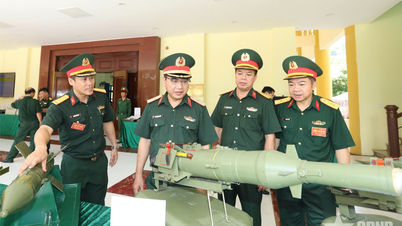



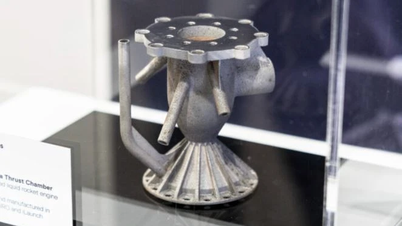





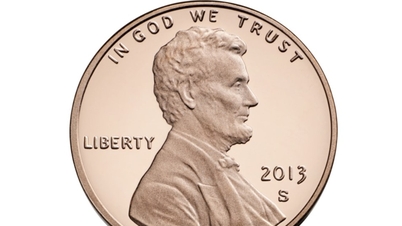





















































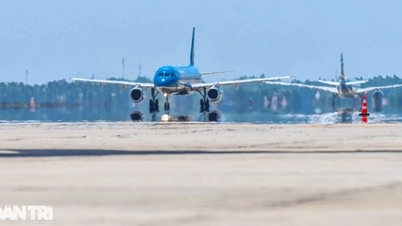

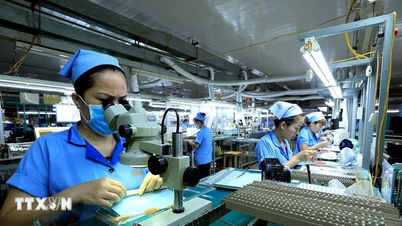























![Dong Nai OCOP transition: [Article 3] Linking tourism with OCOP product consumption](https://vphoto.vietnam.vn/thumb/402x226/vietnam/resource/IMAGE/2025/11/10/1762739199309_1324-2740-7_n-162543_981.jpeg)






Comment (0)